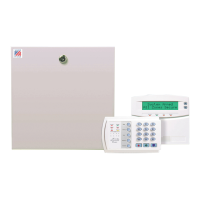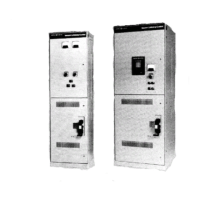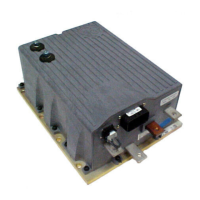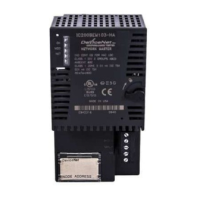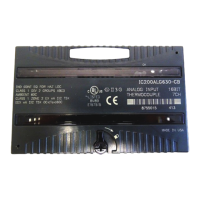6 FREQUENCY-SUPERVISED R.O.C.O.F PROTECTION
Frequency-supervised Rate of Change of Frequency protection works in a similar way to Independent Rate of
change of Fr
equency Protection. The only difference is that with frequency supervision, the actual frequency itself
is monitored and the protection operates when both the rate of change of frequency AND the frequency itself go
outside the set limits.
Frequency-supervised Rate of Change of Frequency protection is also known as f+df/dt protection.
6.1 FREQUENCY-SUPERVISED R.O.C.O.F IMPLEMENTATION
The device provides nine independent stages of protection. Each stage can respond to either rising or falling
fr
equency conditions. This depends on whether the frequency threshold is set above or below the system nominal
frequency. For example, if the frequency threshold is set above nominal frequency, the rate of change of frequency
setting is considered as positive and the element will operate for rising frequency conditions. If the frequency
threshold is set below nominal frequency, the setting is considered as negative and the element will operate for
falling frequency conditions.
The following settings are relevant for f+ df/dt protection:
● f+df/dt 1 Status: determines whether the stage is for falling or rising frequency conditions
● f+df/dt 1 freq: defines the frequency pickup setting
● f+df/dt 1 df/dt: defines the rate of change of frequency pickup setting
The device will also indicate when an incorrect setting has been applied if the frequency threshold is set to the
nominal system frequency. There is no intentional time delay associated with this element, but time delays could
be applied using the PSL if required.
P24xM Chapter 11 - Frequency Protection Functions
P24xM-TM-EN-2.1 231
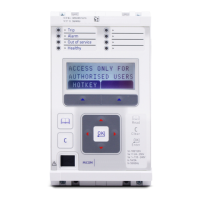
